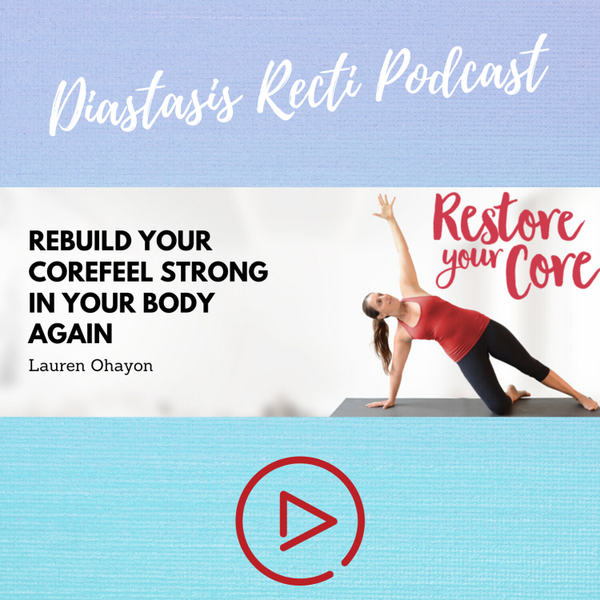
Types of Hernia
- S1E34
- 02:41
- February 19th 2021
Abdominal hernias occur when an organ or other piece of tissue pushes through a weak spot in the abdominal wall. The sac or bulge that protrudes from the weak spot may contain either a part of the intestine or a piece of the fatty lining of the colon (called the omentum). This typically occurs with hernias located in the abdominal wall or in the groin.
If the hernia occurs in the diaphragm, the muscle that separates the chest from the abdomen, the upper part of the stomach may penetrate the weak area.
Your abdomen is made up of layers upon layers of different muscle groups, tissues, and organs. It is possible that with age, prior surgeries, past injuries, new injuries, or medical conditions your abdominal muscle strength and support may become compromised. Weak spots may develop in these layers allowing the contents of your abdominal cavity to protrude or herniate. The most common hernias include an inguinal hernia which occurs in the groin, a hiatal hernia (herniated diaphragm), and an umbilical hernia, which occurs in the belly button. Some hernias may be congenital (present at birth), or they may be acquired (happening at any point in your life).
Abdominal and Pelvic Floor Hernias
Inguinal Hernias
Groin hernias are the most common hernia to occur in both men and women. Of the groin hernias, there are two different types: inguinal hernia and a femoral hernia. Statistically, almost all groin hernias are inguinal.
Inguinal hernias occur when part of your intestine protrudes through a weak spot in your lower belly. This affects what is known as the inguinal canal.
Of the inguinal hernias, there are type different types:
- Indirect: Hernia that enters the inguinal canal
- Direct: Hernia that does not enter the inguinal canal
Most people develop this type of hernia due to improper lifting mechanics when lifting weights or other heavy objects.
Inguinal hernias are more common in men, yet are not limited to adults either. The primary characteristic of an inguinal hernia is a lump or bulge located on either side of the pubic bone when the thigh meets the groin. You may notice this more when you cough, stand, or strain and may be painful during these activities. The lump may also disappear when you lay down.
It is important to note that one of the primary dangers of an inguinal hernia is strangulated. Although many hernias are asymptomatic and can be managed without experiencing much pain, a strangulated hernia can cause severe pain, nausea, vomiting, and may inhibit your ability to perform a bowel movement. If this ever occurs, it is important to seek immediate medical attention.
Femoral Hernias
A femoral hernia typically occurs through an opening in the abdominal floor in a space that allows for the femoral artery and vein to pass from the abdomen and into the upper leg. Femoral hernias are a groin hernia that tend to occur more frequently in women than men due to their wider pelvic structure.
Like an inguinal hernia, a femoral hernia may pose potentially life-threatening health risks. Femoral hernias are dangerous because they are often asymptomatic until you need immediate medical attention. If you notice a lump around the crease of your groin or in the upper thigh, it is best to have a doctor take a look at it.
Obturator Hernias
Obturator hernias are the least common of the three pelvic floor, lower abdominal hernias. However, they are commonly found in postpartum people who have experienced multiple pregnancies or in people who have lost significant weight. The obturator canal (another connection between the abdomen and the leg) may herniate causing the obturator artery, vein, and nerve to protrude into the upper leg of the individual.
Restore Your Core: Diastasis Recti and Pelvic Floor Talks
The Restore Your Core podcast is all about health and fitness for those struggling with Diastasis Recti or Pelvic Floor issues.
Lauren Ohayon makes videos, runs a thriving facebook group, and creates blogs that help people to feel better and reclaim their healthy bodies.
https://restoreyourcore.com/learn/diastasis-recti/
If you're too busy to read the blog then feel free to listen to the podcast! We hope to be a part of your core restoration journey.